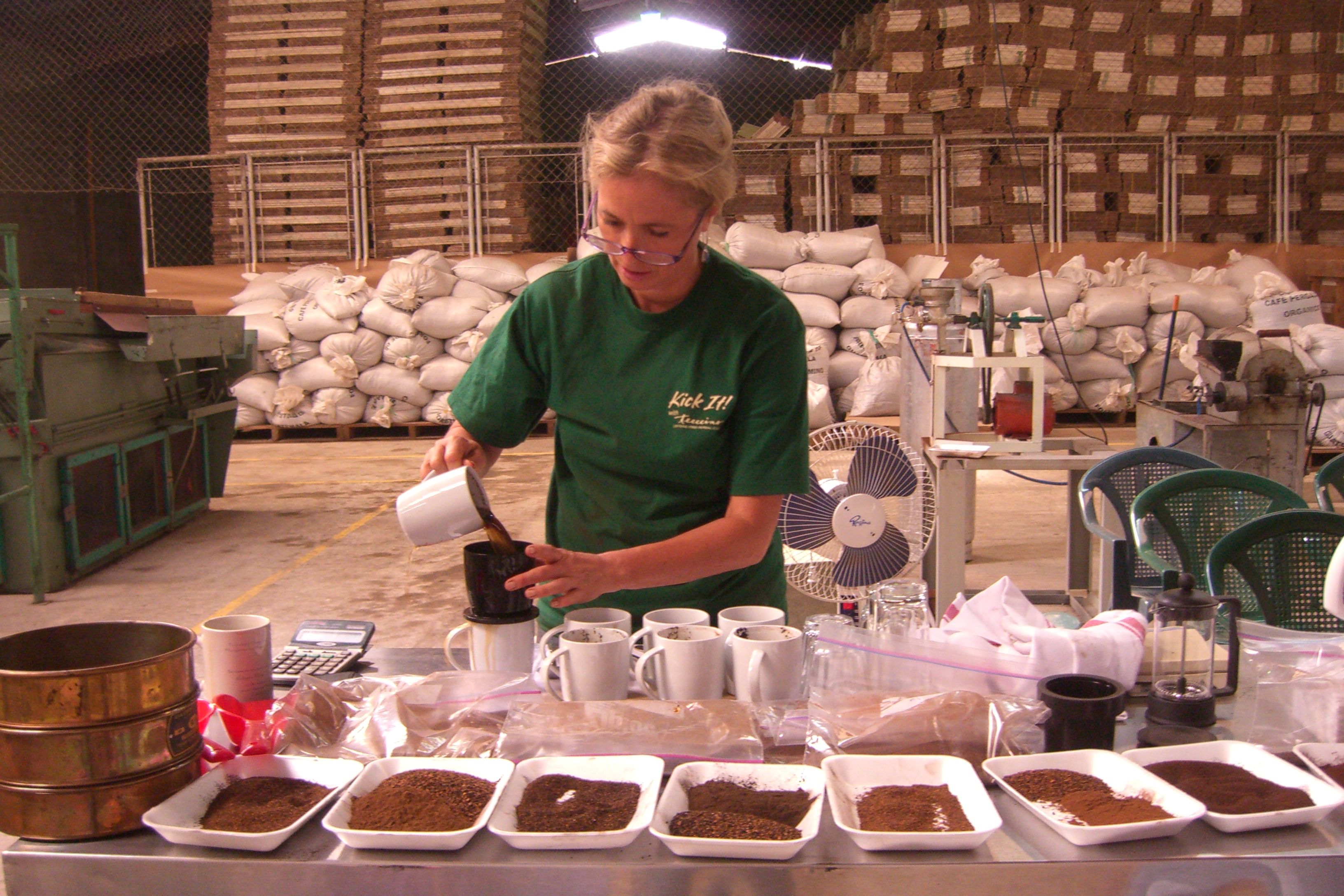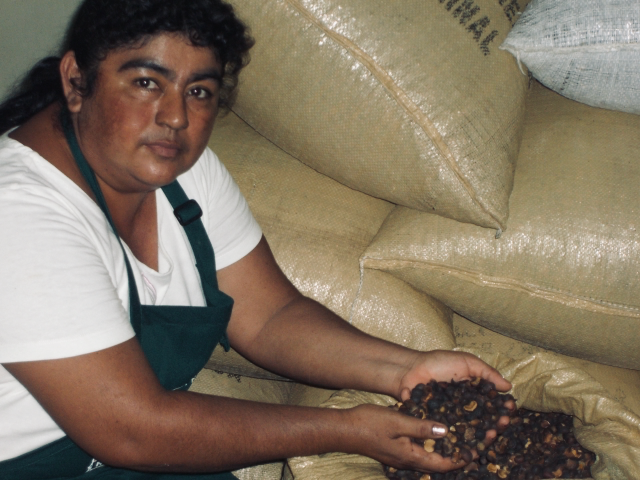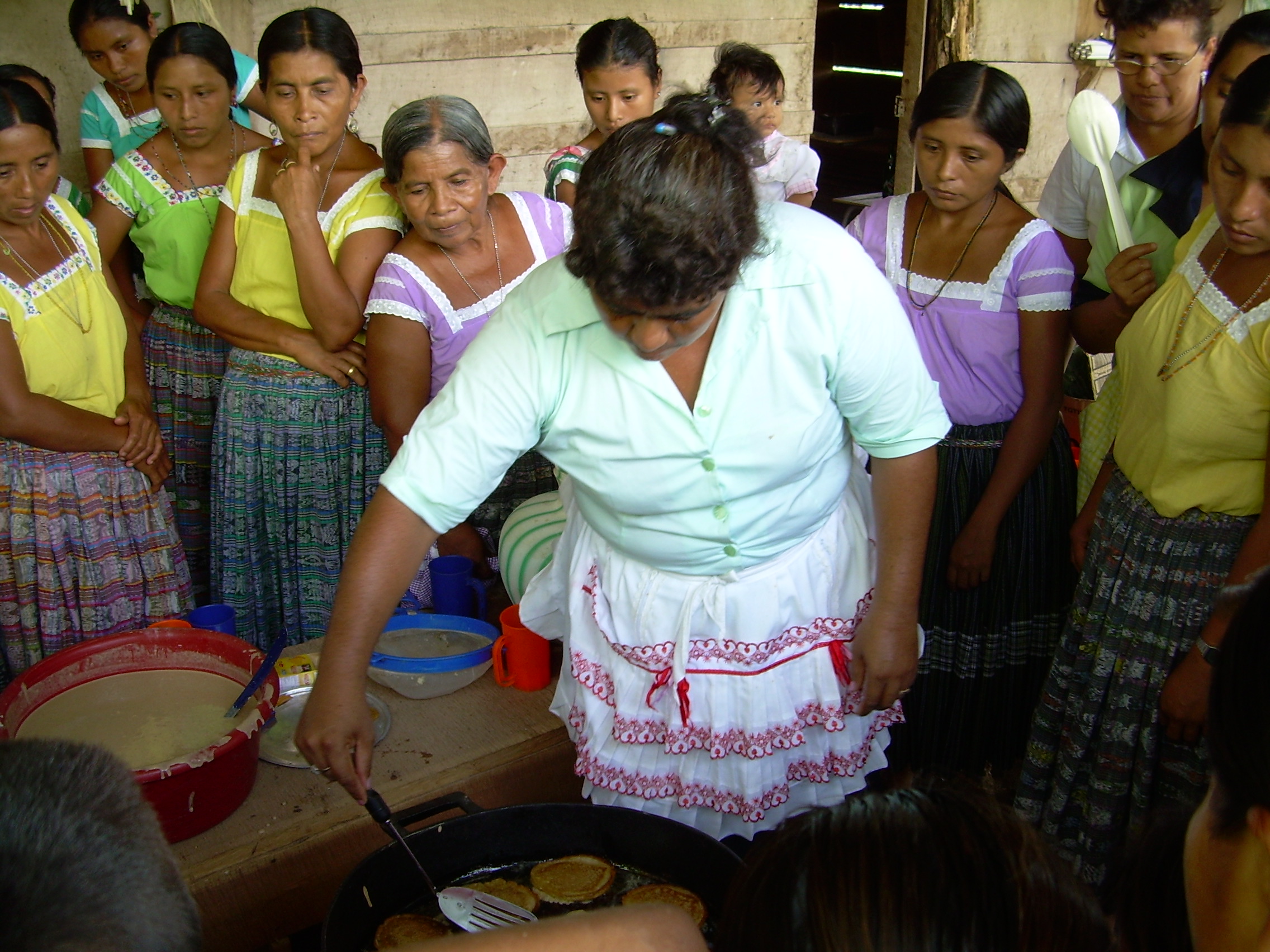Just a few weeks ago, while vacationing in the Yucatan, I explored Cobá, the ancient ruin of one of the largest and most powerful city states of the Mayan civilization. Much of Cobá is still forested as the ruins cover over 80 kilometers. Guess what tree I found in abundance growing out of the unexcavated ruins? Ramón trees! And they were dropping their fruit that contains the seed that gives Teeccino’s Maya flavors – French Roast, Chocolaté and Dandelion Dark Roast – their depth of coffee-like flavor.
What are ramón seeds?
Ramón seeds are super seeds, nature’s powerhouses that are packed with superior nutrients and antioxidants. The Maya called the ramón tree, the “corn” tree, because its nutritious seeds with zero fat could be ground into flour and mixed with corn flour to use for baking more nutritious foods. High in potassium, fiber, calcium, and tryptophan, ramón seeds were fed to pregnant women to enhance their nutrition. They also roasted and drank them as a hot beverage. Since this was before coffee was brought to the ‘new world’, ramón seeds were the original ‘coffee alternative’ of the Mayas.
This upper canopy tree is the only wind-pollinated tree in Central American rainforests. It loves limestone, which is why you see it growing in abundance throughout all ruins of Mayan cities. When illegal lumbering clear-cuts an area, it is the ramón tree that starts the process of restoring the forest. The Maya thought so much of this tree, whose leaves also supply fodder for animals and wood for lumber, that they planted it densely in the forest surrounding their cities. Now, ramón trees form about 20% of the upper canopy of Central American forests.

Sourcing ramón seeds for Teeccino
I heard about ramón seeds when I was working in Mexico with Mayan beekeepers.
As always when I travel to other cultures, I was keeping my eye out for unique ingredients that tasted great and, in this case, could be harvested to give economic value to the standing forest. I was on a quest to find an ingredient that would yield a deeper roasted flavor so I could offer our customers a drink that tasted more like regular coffee than our Mediterranean flavors, which are slightly sweet and nutty from dates, figs and almonds.
I got a little taste of roasted ramón seeds and I was hooked. Little did I know that my quest to harvest ramón seeds would take me 8 more years until I actually was able to get a supply to launch our Maya flavors. The Guatemalan government protects the Maya Biosphere Reserve as best it can and we wanted to play completely by their rules.
Fortunately, I found a great team in Guatemala to work with. They performed field studies for a number of years to prove that no animal would starve and no damage would be done to the forest if the seed were collected. Then we had to get the forest and the collectors certified organic, a lengthy process when you’re working with many families in small rural villages without electricity or phones!
Once we actually had the harvest permitted and certified, we had to wait for the trees to drop their fruit. It’s hard to know what’s up there in the canopy, 130ft off the ground! Every year now, we go through this same anticipation as to whether there will be a spring crop or not. In fact, right now, I’m hoping for positive news from the collectors, but if the spring fruit doesn’t materialize, there should be a good crop next fall. Wild trees are hard to predict so we’re trying to develop other sources in Central America.

Processing ramón seeds
Drying and roasting has been a learning process too. Traditional village drying methods used open pit fires with metal grills that we discovered ruined the seeds for further roasting. Solar dryers had to be developed and hot air dryers using biomass from other crops have been successful too. With no electricity in these rural communities, so many options weren’t on the table!
To introduce ramón seeds to North America, a scientific review had to be made to prove that they were safe to eat. Fortunately, there was plenty of historical data but it took funding from some philanthropists to finance the GRAS (Generally Recognized As Safe) study for the FDA.
We were fortunate to find a Guatemalan company that committed to working with us as partners to develop the machinery to process the seeds there. It helps to bring more economic return to Guatemalans if they can gain the value added by roasting and grinding the seeds before they’re exported. I personally tasted numerous dark, medium and light roasts before I could set a specification for the roasters to meet.

A nutritious food source for rural communities
Because fat-free ramón seeds are so hard, people had forgotten that their ancestors ate them – they considered them basura (garbage). With so much malnutrition in these villages, it was a shame that a free, healthy food was going to waste on the forest floor. By supporting workshops in villages to teach women how to prepare and eat ramón seeds, we’ve helped improve the nutrition of these rural families.
The Guatemalan government also became interested in ramón seeds and began supporting their inclusion in baked goods made by a local women’s cooperative for the school lunch program. Now, ramón seeds are being recognized as an important indigenous food by government programs and more and more ramón trees are being planted for the future.

Ramón seeds’ growing popularity
We’re happy to say that there are other companies who use ramón seeds in their products too. Our friends at Mary’s Gone Crackers put the raw seeds in their Love cookies. Traditional Medicinals put the seeds in their Chocolate Smooth Move Tea. The collection of ramón seeds now provides sustainable income for many families, especially for women who have few if any other opportunities to earn money to support their families.
When I created TeeChia, it was obvious that I should include ramón seeds as one of TeeChia’s six super seeds. A published thesis by Hatice Kubra Tokpunar, a graduate student at Clemson University, tested ramón seeds using 3 different antioxidant assays and compared them to almonds, walnuts and peanuts, which are known for their antioxidant activity. In two of the assays, ramón seeds showed significantly higher activity than the other three nuts and in the third assay, only walnuts showed slightly more activity than ramón seeds. Ramón seeds, which don’t contain any tree nut allergens, can significantly increase your body’s ability to combat free radicals. Ground raw ramón seeds are in both Blueberry Date TeeChia and Cranberry Apple TeeChia, which has a pinch of roasted ramón seeds too.
Maybe you can tell, I’m really proud of our work in developing the wild harvest of ramón seeds. We couldn’t have done it without the hard work of so many people who believed in our mission. Most of all, we give thanks for you, our customers, for loving our products because without you, none of this would have happened!



1 comment
This is really positive information; thank you for going into such detail about your assiduous efforts.